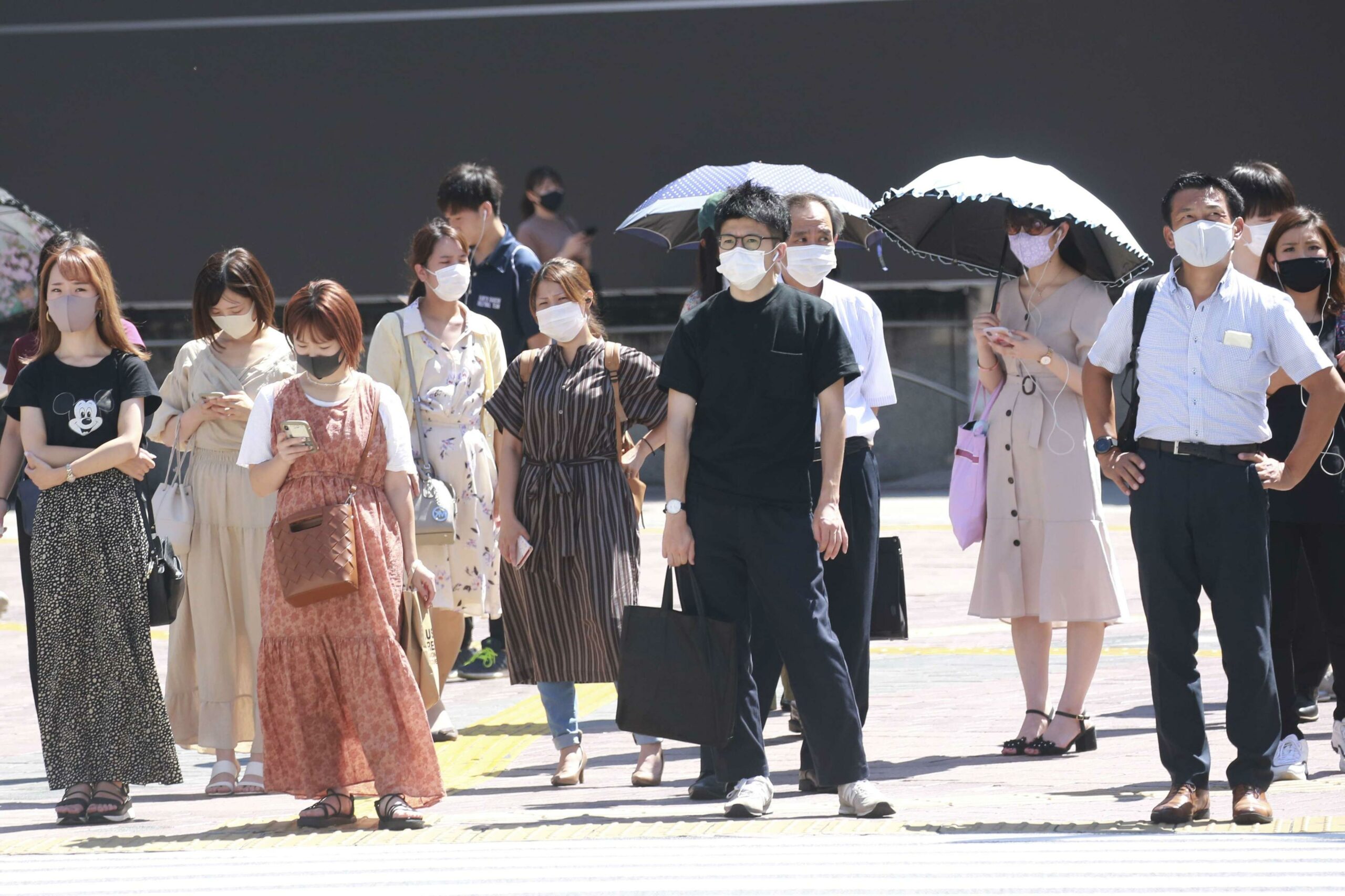Japan Eases Some Mass Gathering Restrictions

P Photo/Koji Sasahara – Japan Daily Life
Shibuya pedestrian crossing Wednesday, Sept. 9. 2020 in Tokyo.
The Japanese government on Nov. 1 eased its crowd restrictions for large-scale events, including professional sporting events and concerts, as the number of daily cases of COVID continue to drop appreciably.
A limit of 10,000 people had been in place in 27 of the country’s 47 prefectures. Large-scale event spaces can now accept more than 10,000 spectators. However, events where spectators would normally shout or cheer will be capped at 50% of a venue’s capacity. Individual local governments can also set their own limits depending on the infection rates in their respective areas. Decisions on the types of crowds involved will be decided on a case-by-case basis, according to Kyodo News Service.
Though there is some concern that the easing of such measures could spark a resurgence in infections as winter approaches, organizers of sporting events and concerts are now preparing to accommodate more fans. The Yakult Swallows professional baseball team, which is based in Tokyo, sold tickets to the last game of the season on November 1 that set maximum attendance at 14,500, or about half the capacity of Jingu Stadium, its home ground. Moreover, during the Climax Series playoffs for Japanese professional baseball starting later in November, Yakult plans to sell up to 20,000 tickets per game. The government sees the series as a test case where one section of the stands will be open only to people who are either fully vaccinated or have had a negative COVID test within 72 hours.
Japan’s pro soccer league, J. League, scheduled 10 matches for November 3 where the organizers admitted up to 30,000 fans to each, depending on the size of the stadium. The 72,000-capacity Yokohama Stadium, for instance, sold 20,000 tickets, the largest crowd so far for a J. League game this season.
An organization of concert promoters, the All Japan Concert and Live Entertainment Promoters Conference, is now discussing preparations for larger concert audiences in line with the government announcement. Previously, attendance for any size venue could not exceed 10,000 persons.
Meanwhile, the South Korean government has also announced raising restrictions for public gatherings and releasing curfews for entertainment events. In the greater Seoul area, private gatherings of up to 10 persons will now be allowed for a four-week trial period called “living with COVID-19.” In addition, certain nightlife establishments will be granted more liberal attendance allowances as long as guests can prove they are fully vaccinated. Such venues include bars, nightclubs and indoor sports facilities.
The lifting of restrictions is part of the government’s “roadmap” to “gradually bring people’s lives back to normal,” according to the Yonhap News Agency, and points to a revised government initiative that no longer sets its aim as zero COVID cases, but, instead, endeavors to control infections to the best of its ability. During the four-week test period, health authorities will assess the virus situation before eventually moving to the next phase, which will allow large-scale events like concerts.
FREE
 Daily Pulse
Subscribe
Daily Pulse
Subscribe
 Daily Pulse
Subscribe
Daily Pulse
Subscribe

